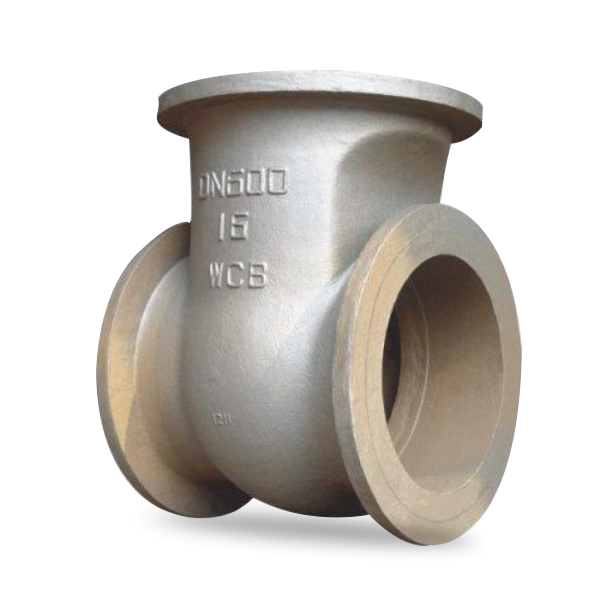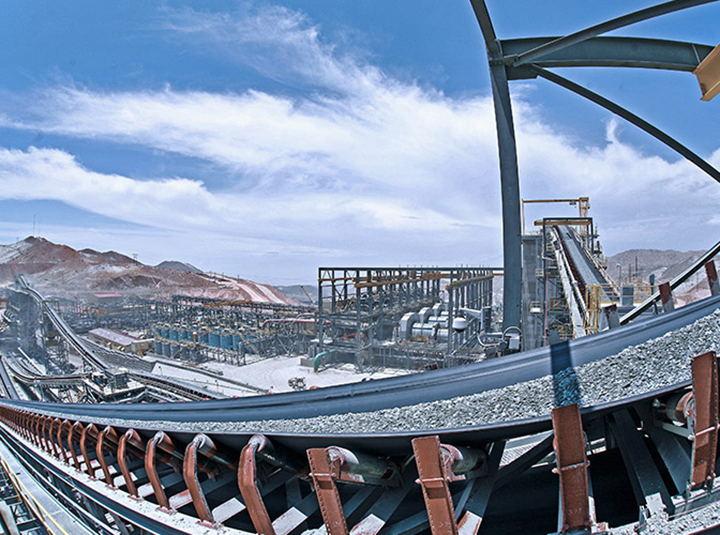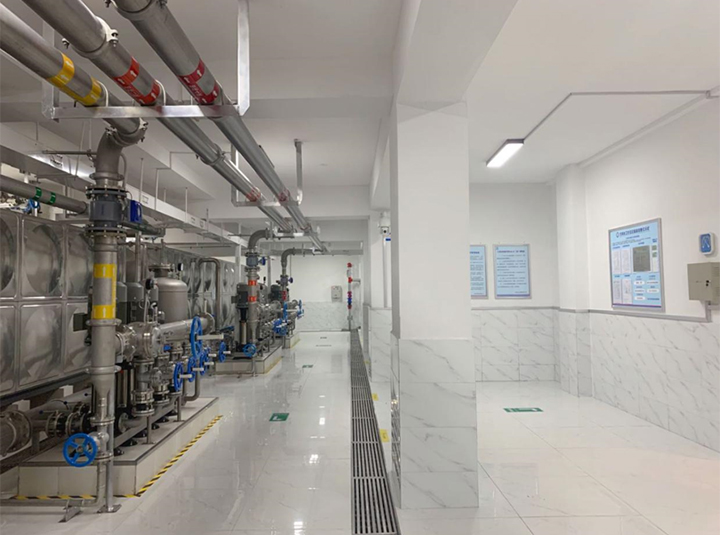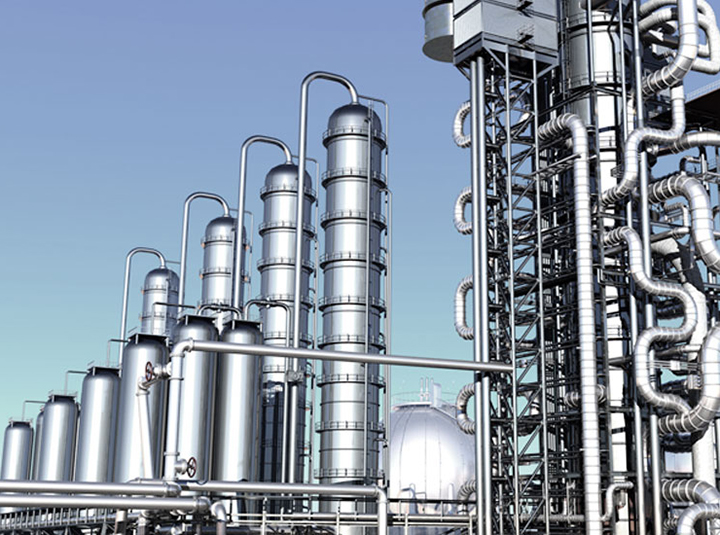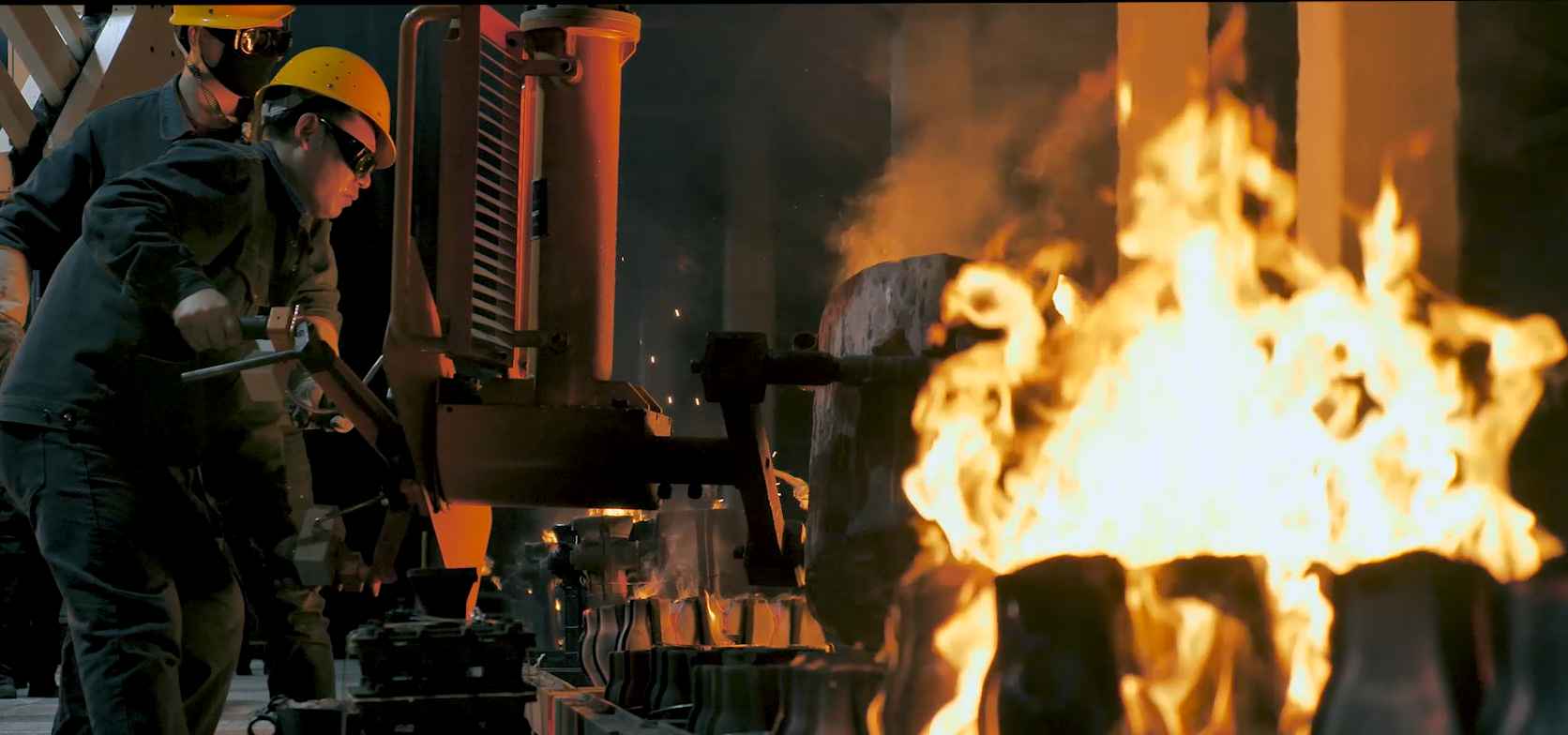Different Installation taboos for various types of valves - I (Taboo 1-11)
Different Installation taboos for various types of valves - II (Taboo 12-24)
Taboos 12
The specifications and models of the installed valves do not meet the design requirements.
The nominal pressure of the valve is less than the system test pressure. For example, when the diameter of the water supply branch pipe is less than or equal to 50mm, a gate valve is used; The dry and vertical pipes for hot water heating use shut-off valves; The suction pipe of the fire water pump adopts a butterfly valve.
Consequence: It affects the normal opening and closing of the valve, as well as the adjustment of resistance, pressure, and other functions. Even causing valve damage and forced repair during system operation.
Measures: Familiarize yourself with the application range of various valves, and select the specifications and models of valves according to the design requirements. The nominal pressure of the valve should meet the requirements of the system test pressure. According to construction specifications, cut-off valves should be used for water supply branch pipes with a diameter less than or equal to 50mm; When the pipe diameter is greater than 50mm, a gate valve should be used. The dry and vertical control valves for hot water heating should use gate valves, and the suction pipe of the fire pump should not use butterfly valves.
Taboos 13
Failure to conduct necessary quality inspections as required before valve installation.
Consequence: During system operation, the valve switch is not flexible, the valve is not tightly closed, and water (steam) leakage occurs, resulting in rework and repair, and even affecting normal water supply (steam).
Measures: Before installing the valve, pressure strength and tightness tests should be conducted. The test should be conducted by sampling 10% of each batch (of the same brand, specification, and model), and not less than one.
For closed circuit valves installed on the main pipeline that have a cutting effect, strength and tightness tests should be conducted one by one. The strength and tightness test pressure of the valve should comply with corresponding regulations.
Taboos 14
The main materials, equipment, and products used in construction lack technical quality appraisal documents or product certificates that comply with current national or ministerial standards.
Consequence: The engineering quality is unqualified, there are potential accidents, and the delivery cannot be made on time. If rework and repair are necessary, it will cause a delay in the construction period and increase the investment in labor and materials.
Measures: The main materials, equipment, and products used in the water supply and drainage and heating and sanitation engineering should have technical quality appraisal documents or product qualification certificates that comply with the current national or ministerial standards; The product name, model, specification, national quality standard code, factory date, manufacturer name and location, and factory product inspection certificate or code should be indicated.
Taboos 15
Valve inversion
Consequences: Globe valves, throttle valves, pressure reducing valves, check valves, etc. all have directional characteristics. If installed upside down, the throttle valve will affect its effectiveness and lifespan; The pressure reducing valve will not work at all, and the check valve can even cause danger.
Measures: For general valves, there are directional signs on the valve body; If not, it should be correctly identified based on the working principle of the valve.
Taboos 16
Manual valve opening and closing with excessive force
Consequence: Valve damage, even leading to safety accidents
Measure: The manual valve, with its handwheel or handle, is designed according to ordinary manual labor, taking into account the strength of the sealing surface and the necessary closing force. Therefore, it is not possible to use a long lever or a long wrench to move the board. When opening and closing the valve, the force should be steady and not impact. For steam valves, prior to opening, they should be preheated and condensed water should be drained. When opening, they should be opened as slowly as possible to avoid water hammer.
Taboos 17
Improper installation of valves in high-temperature environments
Consequence: Causes a leakage accident Measures: High temperature valves above 200 ℃, due to being installed at room temperature, but after normal use, the temperature increases, the bolts expand due to heat, and the gap increases. They must be tightened again. Operators should pay attention to this work, otherwise leakage may occur.
Taboos 18
Delayed drainage in cold weather
Measures: When the weather is cold and the water valve is closed for a long time, the accumulated water behind the valve should be drained. After the steam valve stops, the condensate should also be discharged. The bottom of the valve is like a plug, which can be opened for drainage.
Taboos 19
For non-metallic valves, the opening and closing force is too high
Measures: Some non-metallic valves are hard and brittle, while others have lower strength. When operating, the opening and closing force should not be too large. Also pay attention to avoiding collisions with objects.
Taboos 20
The packing of the new valve is pressed too tightly
Measures: When using a new valve, do not press the packing too tightly to avoid excessive pressure on the valve stem, accelerating wear, and making it difficult to open and close. The quality of valve installation directly affects its use, so it is necessary to carefully pay attention to the direction and position of the valve, valve construction operations, valve protection facilities, bypasses and instruments, and valve packing replacement.
Taboos 21
The installation position of the valve has no operating space
Measures: The installation position of the valve must be convenient for operation; Even if installation is temporarily difficult, it is important to consider the long-term work of the operators. It is best to align the valve handwheel with the chest (usually 1.2 meters from the operating floor), so that opening and closing the valve is more effortless. The handwheel of the floor mounted valve should be facing upwards and not tilted to avoid awkward operation. The valve of the wall machine against the equipment should also leave room for operators to stand. It is necessary to avoid operating in the sky, especially with acid, alkali, toxic media, etc., otherwise it is very unsafe.
Taboos 22
The valve has not undergone insulation and cold insulation measure.
Measures: Some valves also require external protective facilities, which are insulation and cold insulation. Sometimes, heat tracing steam pipelines are added inside the insulation layer. If the temperature of the medium inside the valve decreases too much, it will affect production efficiency or freeze the valve, so insulation is necessary; When the valve is exposed, which is detrimental to production or causes adverse phenomena such as frost formation, cold insulation is necessary.
Taboos 23
The drain valve is not equipped with a bypass
Measures: Some valves, in addition to necessary protective facilities, also need to have bypasses and instruments. A bypass has been installed for easy maintenance of the drain valve.
Taboos 24
Failure to regularly replace packing
Measures: For inventory valves, some of the packing is no longer suitable, and some do not match the medium used, which requires replacement of the packing. The valve faces thousands of different media, and the packing box is always filled with ordinary packing. However, when using it, the packing must be adapted to the media. When replacing the packing, press it in circle by circle.



